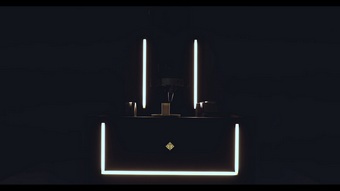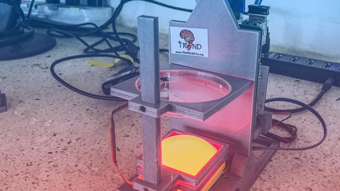
Top 10 3D printers from CES 2018
One of the most significant hi-tech events Consumer Electronics Show (CES) 2018 revealed many new amazing technologies and innovative products. Among them are 3D printers and machines capable of additive manufacturing.














